Activities Large and Small Set for International Year of Physics
DOI: 10.1063/1.1881893
The World Year of Physics kicks off this month with a conference at the Paris headquarters of the United Nations Educational, Scientific and Cultural Organisation (UNESCO). More than 1500 people from around the world, about a third of them students, are expected to attend the conference, which will feature roundtable discussions on how to improve the public’s perception of physics and how physics can help solve socioeconomic problems, as well as public lectures by prominent physicists. The year commemorates the centennial of Albert Einstein’s annus mirabilis and is intended to raise public awareness of the field of physics and its importance to society.
Although the UNESCO conference marks the official start of the World Year of Physics, the festivities began months ago. At its congress in New Mexico this past October, Sigma Pi Sigma, the US college physics honors society, visited the Trinity site, where the first atomic bomb was tested in 1945, and held discussions on ethics in science and on how Einstein’s work influences physics today. Other events to date include a physicists’ ball to usher in the New Year in Poland’s capital, Warsaw, and the launch of a website with physics trivia. One tidbit from the site, which comes out of the UK’s Institute of Physics, notes that the inventor of the vacuum cleaner, Hubert Cecil Booth, died when his lungs filled with dust from testing his invention by sucking dirt with his mouth. Throughout the year and around the globe, expect events ranging from publicity in local grocery markets, cafés, bars, and buses, T-shirt design contests, and physics-inspired theater and music to commemorative coins and postage stamps, museum exhibits, talent scouting, and mass-participation experiments.
One project features identical twin physics majors at Oklahoma’s East Central University demonstrating the twin paradox. In a video that is to be distributed to local high schools and libraries, Levica Chapman returns from a spaceflight to find herself a couple of years younger than her twin, Kara. Another student, in an Einstein mask, explains. At Augustana College in Rock Island, Illinois, students plan an open house where, among other things, visitors can measure the speed of light by heating a layer of marshmallows in a microwave oven (without a turntable): Just multiply the oven’s frequency by twice the separation between melted spots. Across Poland, schoolchildren will measure local air pollution and have their results broadcast on television, and in Italy, kids will monitor radioactivity in the environment.
In many countries, physicists are strengthening existing programs in honor of the World Year of Physics. A science camp in Ghana, for example, is focusing on physics this year. In the UK, more physicists are being lined up to host science discussions in bars and cafés. The American Physical Society (APS) is awarding grants to physics road shows to expand their programs and audiences; one such mobile physics demonstration team, based at Purdue University, is hoping to broaden appeal by getting players from the National Football League to join the show.
With a nod to both the World Year of Physics and William Rowan Hamilton, the eminent Irish mathematician born two centuries ago, the German company Vision Crystal Technology AG is offering a prize of $25 000 for an invention related to conical refraction. US aerospace industries are sponsoring a model-rocket building contest. And a plethora of local physics contests are planned, such as one at the Los Baños campus of the University of the Philippines. In that contest, groups of high-school and college students will have to decode clues and perform feats with a physics twist, such as walking on hot coals and pulling a bill out from between two soda bottles perched mouth-to-mouth.

Another popular theme for the World Year of Physics is exploring the nexus of physics and the arts. The UK’s “relativity rhymes,” a poetry-writing competition for young people, is an example. Also planned are street theater in India and performances of Alan Lightman’s Einstein’s Dreams as a musical in the US and Portugal, Michael Frayn’s Copenhagen in the US, and Bertolt Brecht’s The Life of Galileo in Ireland. Actors playing Einstein and his contemporaries will circulate at a gala at next month’s meeting of the American Association for the Advancement of Science in Washington, DC.
Among the global activities is Einstein@Home
Coordinated national talent searches begin this month in more than 20 countries. Young “physics ambassadors” will be selected from among participating children and teenagers who accrue points when they complete tasks such as writing a physics-related book report, essay, or poem; interviewing a physicist; composing music with a physics theme; or designing a physics experiment. The goal, says Andrew Gavrin, a physicist at Indiana University–Purdue University Indianapolis and one of the project organizers, “is not to reidentify students who enter Intel competitions and are on the olympiad teams, but to increase enthusiasm on the part of those who are interested in science but not really committed to the field, so they know physics is out there.” As prizes, Gavrin adds, “we are hoping to get everyone a letter from a Nobel laureate.”
The commemorative year gained visibility with an endorsement from the US House of Representatives and a United Nations General Assembly declaration naming 2005 the International Year of Physics. The European Commission plans to allot C2 million (about $2.6 million) to World Year of Physics activities. Although it’s too early to say what the year’s impact will be, “ten thousand people are signed up for Einstein@Home
For more information about worldwide World Year of Physics activities, see http://www.physics2005.org

Egypt’s Bibliotheca Alexandrina features an exhibit about Einstein in anticipation of a conference this June.
MOHAMED NAFEA - BIBLIOTHECA ALEXANDRINA
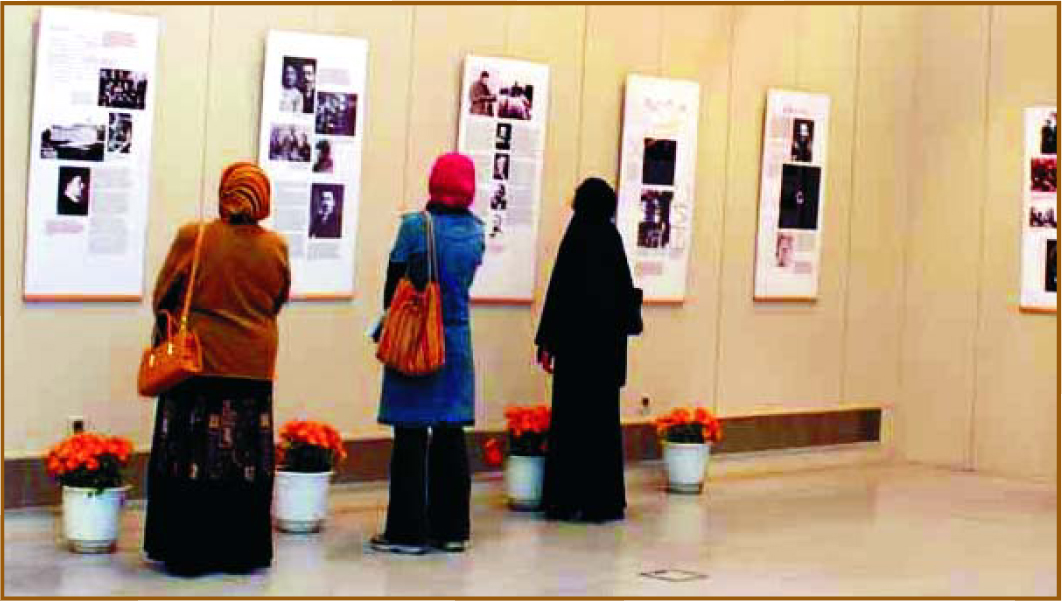

An Einstein impersonator in Ireland, where, as in the UK, the World Year of Physics is called “Einstein Year,” because it’s perceived as more approachable for young people.
INSTITUTE OF PHYSICS
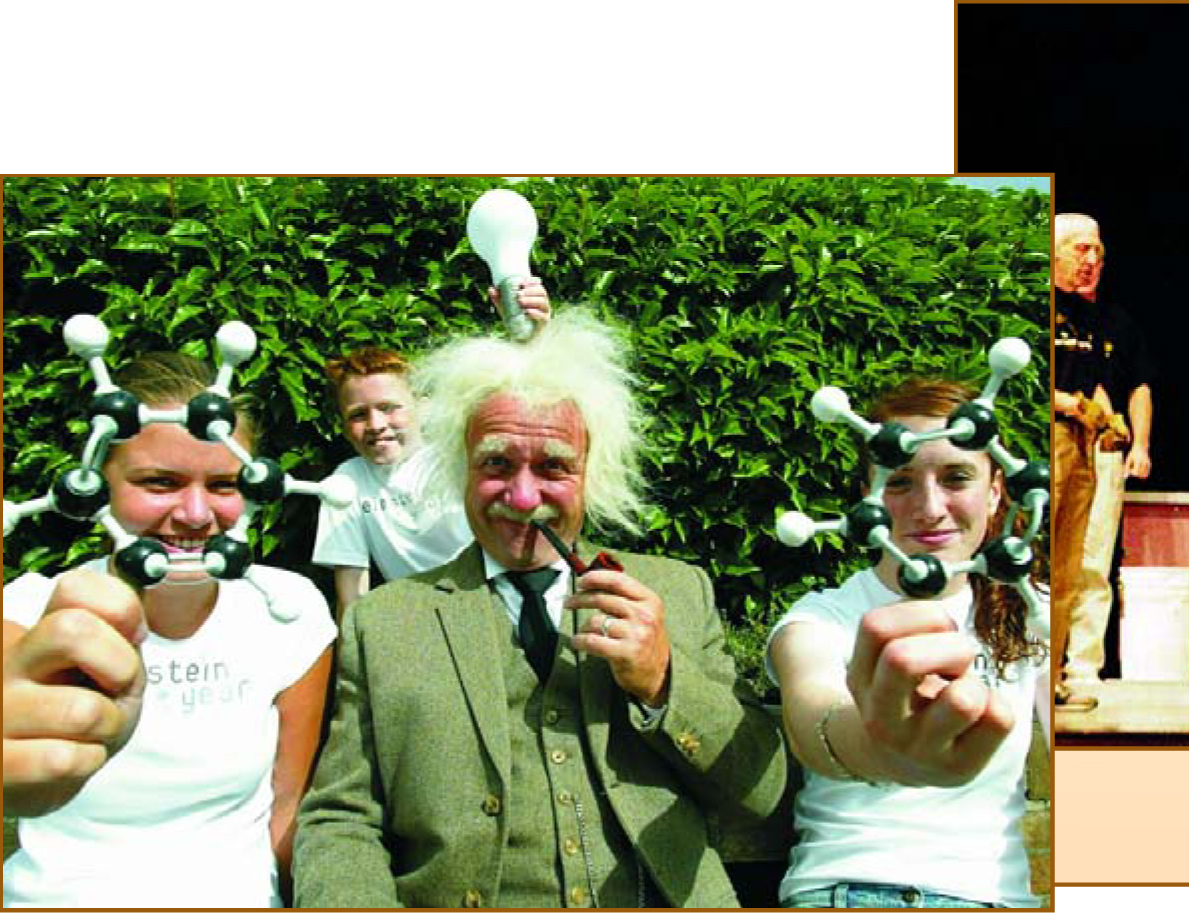

Relativistic tourism: Zipping down this street in Tübingen, Germany, at close to the speed of light, objects in front appear to be more distant than they are; objects behind are still in view; and objects up close appear deformed. (Simulation created by Marc Borchers and the Department of Theoretical Astrophysics, Tübingen University, using a 3D computer model from the Max Planck Institute for Biological Cybernetics, Tübingen.)
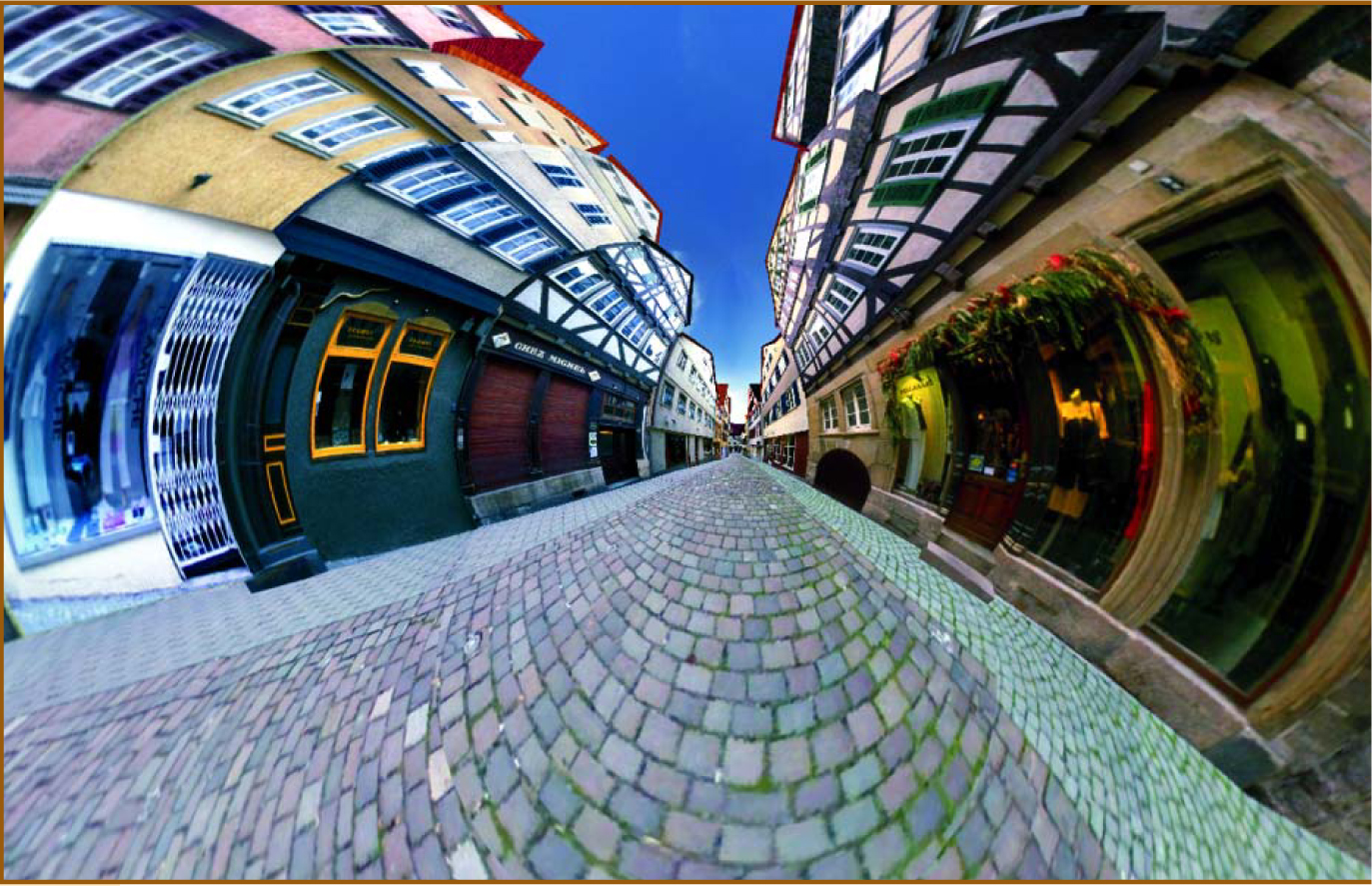

Fire-walking is part of Physiklaban, a physics contest at the Los Baños campus of the University of the Philippines.
PHYSICS DIVISION, IMSP, CAS, UPLB
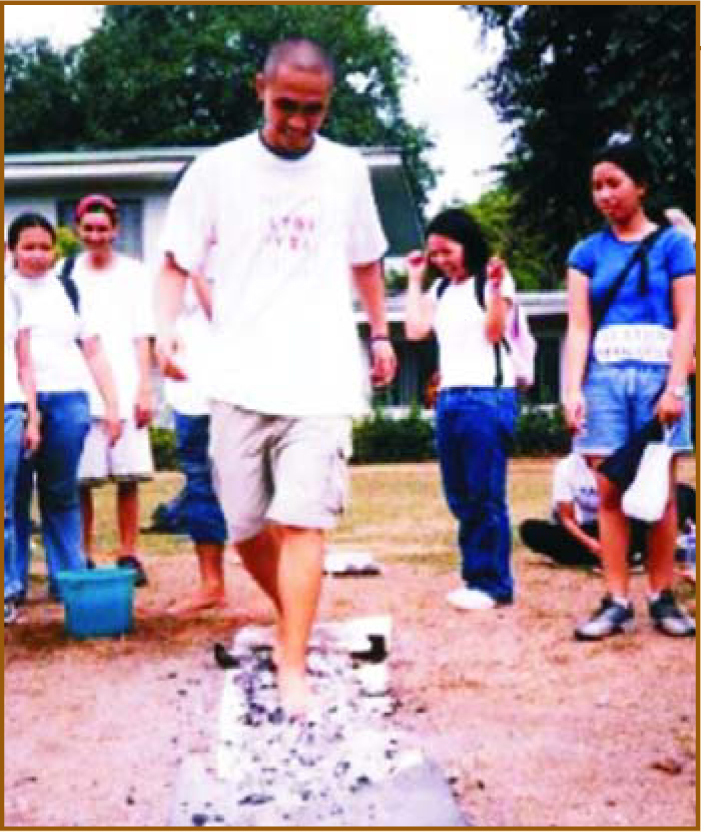

This palm tree, planted in 1923 by Albert Einstein, graces the National Museum of Science, Technology, and Space in Haifa, Israel, where several World Year of Physics events will take place.
YOSI SHREM, TECHNION-ISRAEL INSTITUTE OF TECHNOLOGY
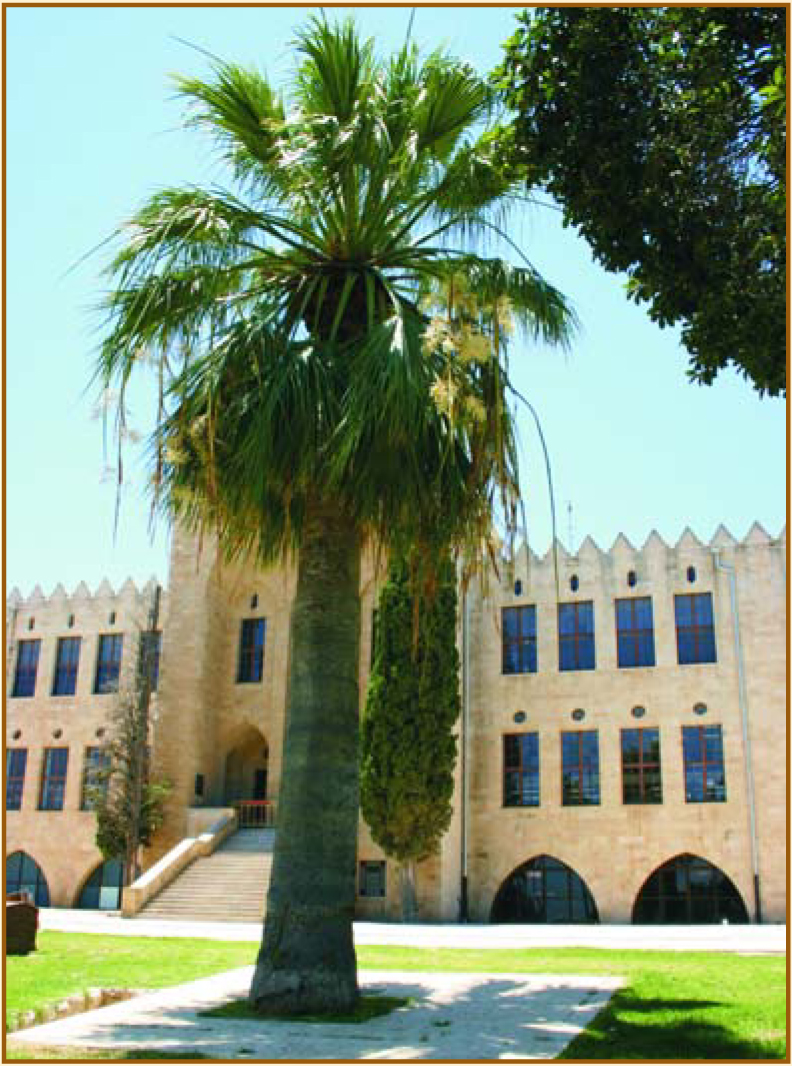

Purdue University’s physics road show includes “What happens to the balls when you blow on them?”
STEVEN LICHTI
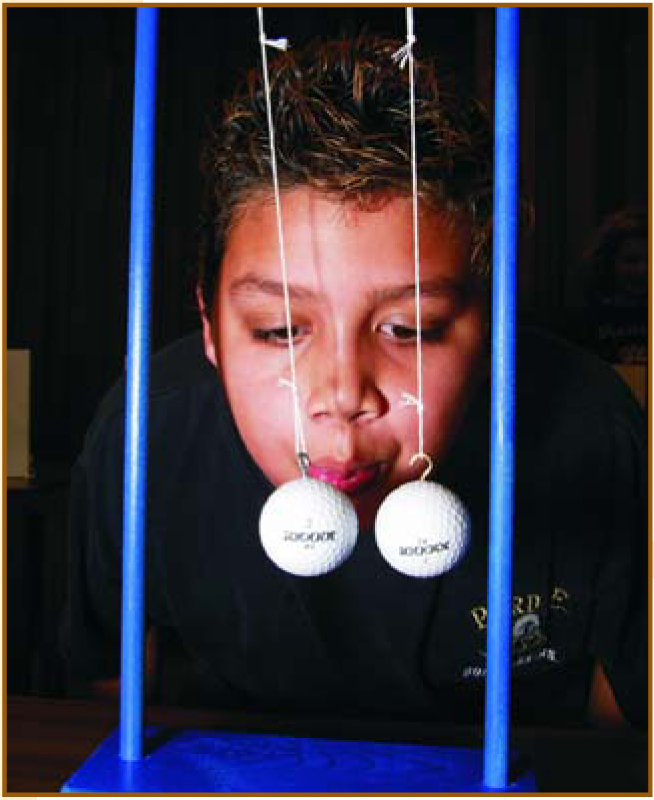

Imploding a barrel is one highlight of the Physics Force, a traveling physics show that originates at the University of Minnesota.
UNIVERSITY OF MINNESOTA PHYSICS FORCE
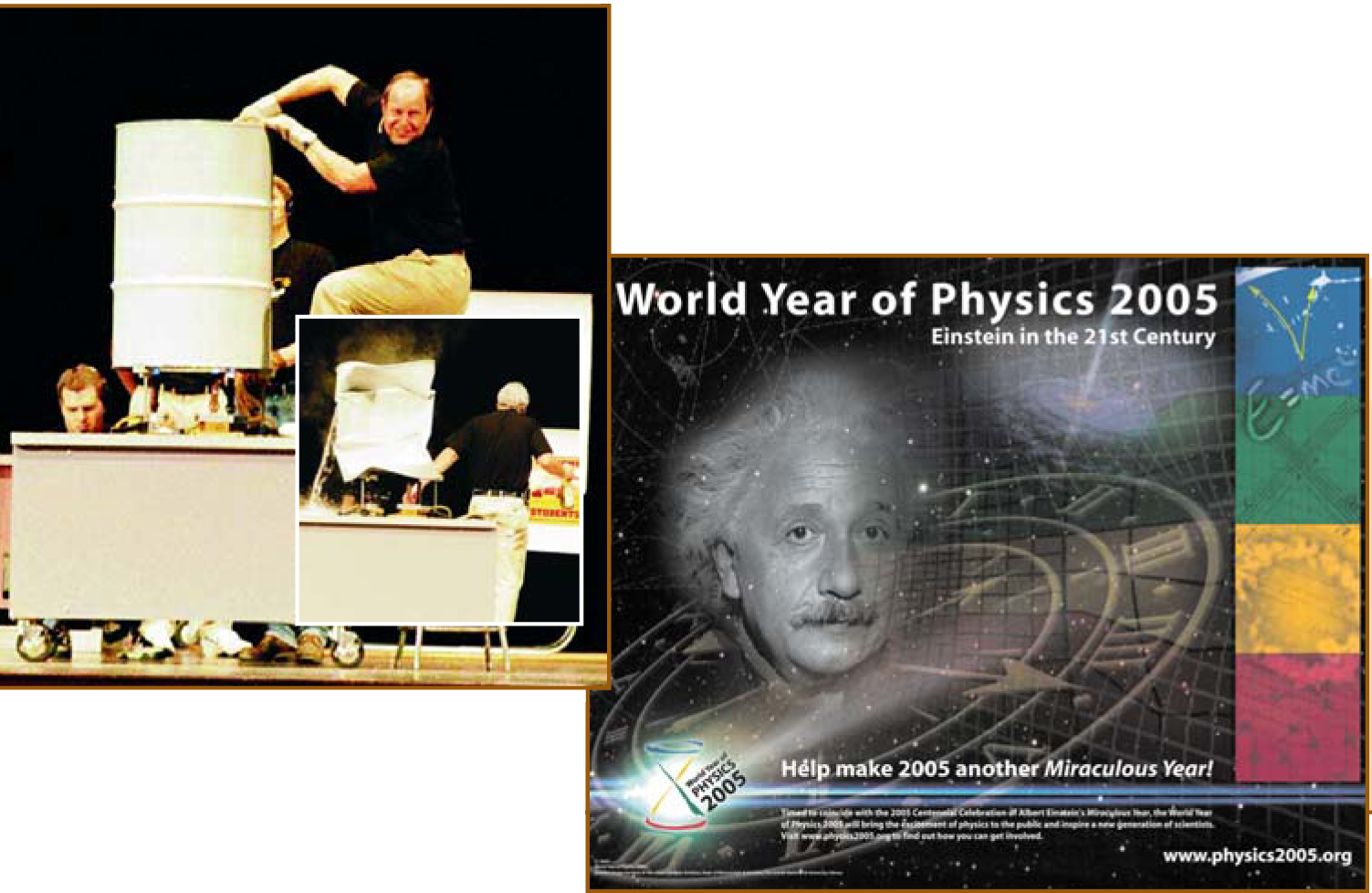

Bikers and skaters were rigged with devices to measure their acceleration as part of the Discovery Channel’s Young Scientist Challenge.
JAMES RIORDON/AMERICAN PHYSICAL SOCIETY
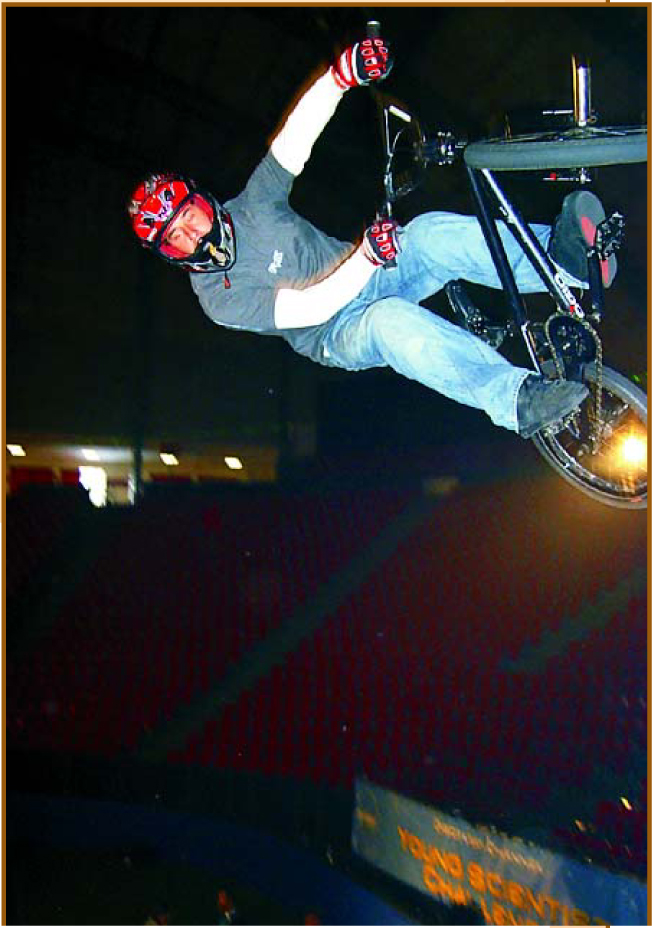
More about the Authors
Toni Feder. American Center for Physics, One Physics Ellipse, College Park, Maryland 20740-3842, US . tfeder@aip.org
